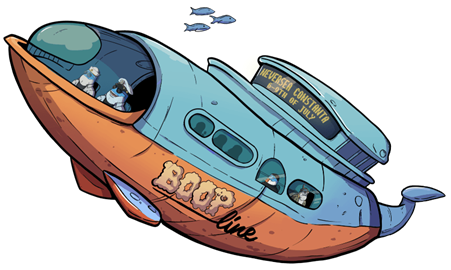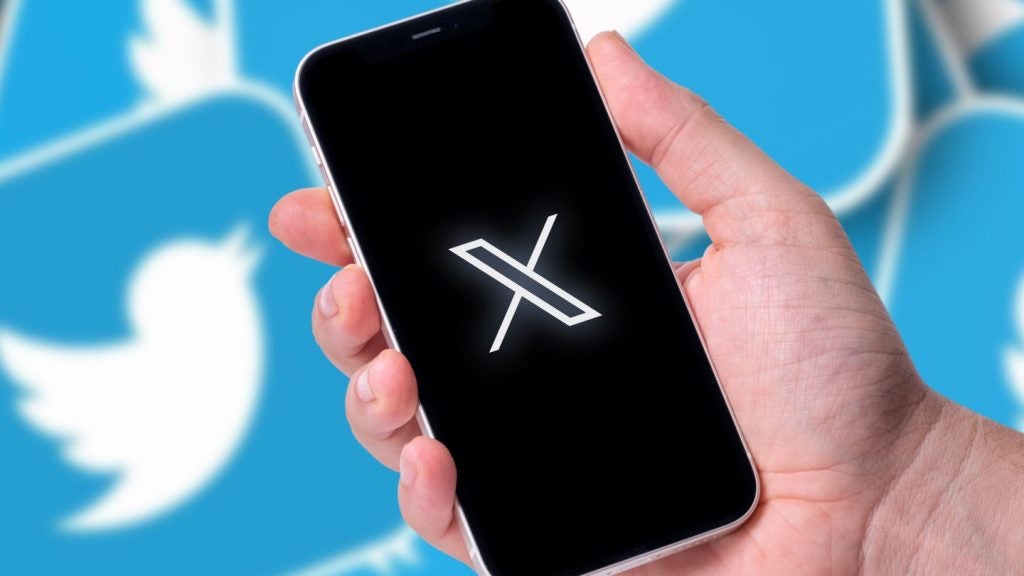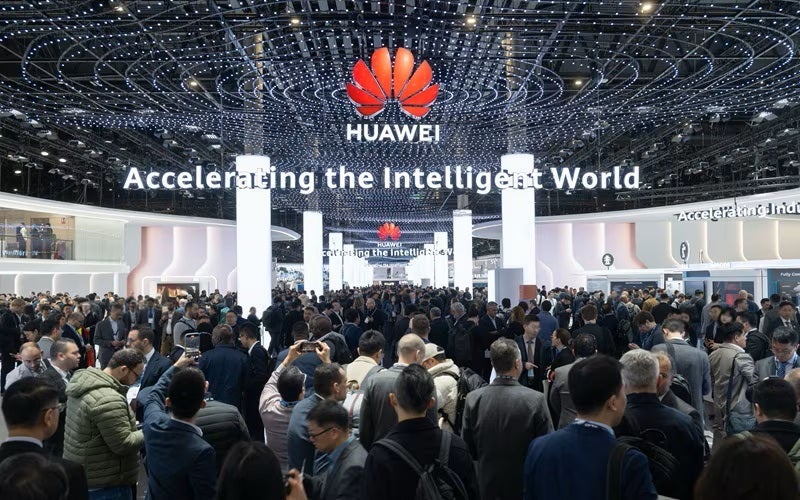
NFTs were once heralded as the digital answer to secure ownership, but when the hype died down, there was one question that proved tricky to answer: what do NFTs actually do?
As digital assets, NFTs don’t do anything. They can be owned, sold and traded, but they remain virtual property independent of the real world. This realisation has contributed to the overall reduction of interest in NFTs, evident in the 38% reduction in social media mentions of NFTs between May 2022 and May 2023, according to research analyst GlobalData.
However, some brands are still investing, seeking to make NFTs tangibly useful. Minted in late June 2023, the Dreamy Whales NFT collection is one example of the way in which NFTs are entering the real world. The collection is tied to Neversea, Europe’s leading beach festival, and owners of the NFTs are part of “The Boop Boop Tribe,” which provides access to additional experiences, including meeting artists, attending the exclusive “Wild Whale” party, and visiting the “Whale Academy”.
Victor Alexandru, Dreamy Whales by Neversea COO, explained the intention behind the collection: “Dreamy Whales combines the beautiful Web3 non-fungible art with real world utilities and an ever-expanding Universe around clubbing, parties and music.”
The project aims to create a sense of community by celebrating digital art in conjunction with music and experience, and Neversea is not the only musical outlet looking to technology to broaden the scope of experiences it offers. Afterparty has become a leading platform in combining technology with music; it uses NFTs for ticketing and is building up a community of NFT-holders whose minted tokens will allow them to access to exclusive events.
The emphasis on community has become a common theme in NFT ownership, whether in BAYC’s form of “a swamp club for apes,” or Dreamy Whales’ “vibrant whale community [who] will soon reach the shores.” In the words of Leonida Duduleanu, CEO of Dreamy Whales by Neversea, “NFT’s are the Web3 expression of belonging, of involvement through art. It’s the 3.0 Renaissance.”
Last year saw music festival Coachella incorporate NFTs, offering three collections, including a particularly exclusive “Coachella Keys Collection” – ten NFTs that give holders lifetime festival passes and VIP access to virtual events. Innovation lead, Sam Schoonover, told Forbes: “We wanted to take it one step further and use NFTs to enable ownership of experiences in the real world, too.”
GlobalData analyst, Shri Charan Padala, explained that “there are numerous real-world applications of NFTs. Several artists, musicians, and content creators are leveraging NFTs to tokenize their work.” One unusual example of this real-world application was in 2021, when William Grant and Sons sold 15 bottles of rare Glenfiddich whisky for $18,000 each; each bottle came with an NFT image that served as a counterfeit-proof receipt of the purchase. Stored in blockchains, NFTs are very secure, making receipts a logical use for the technology, immutably tying the owner to the product.
The relationship between NFTs and tangible experiences is currently limited to exclusive events and proof-of-purchases. Digitally however, NFTs have found popularity in gaming in the metaverse, providing indisputable ownership of assets, including characters, land and goods.
Crypto-enthusiasts have argued that in-game items could be converted into NFTs for in-game economies. This would allow players to establish ownership of digital assets, and transfer or sell them to other players in return for other goods or cryptocurrency. Metaverse game, My Neighbour Alice, tokenizes land, allowing players to rent it to other players without losing ownership. The smart contract ensures that the borrower cannot resell or destroy the land and ensures it is returned at the agreed time.
However, Padala points out that the recent fall of the NFT market has shrouded the concept in doubt, even in the gaming world: “The NFT market is a sea of red, with a considerable loss of speed in trade volumes in recent quarters. It was all the buzz when crypto was at its apex and was performing well. However, NFTs are now grappling with the aftermath of the broader crypto market collapse, particularly within the Gaming segment.”
For NFTs to ever become tangibly useful, they will need to find a lasting market outside of the metaverse. Music festivals and other exclusive, ticketed events offer one avenue for this move, but the shift is still in its experimental phase. Dreamy Whales is proving popular, with 16.7k followers on Twitter at the time of publication, but until companies can be confident of consumer response, NFTs will be slow to leave the digital world behind.
Padala concludes that: “The future of NFTs is still uncertain. The market has cooled off in recent months, but there is potential for growth in the future as NFTs go beyond being just a financial asset.”







